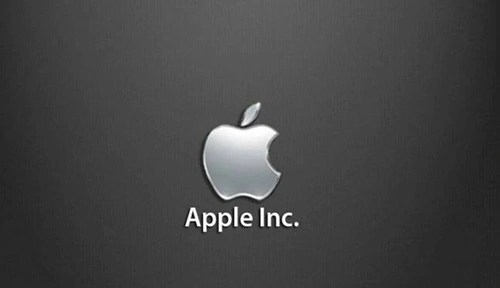Apple Inc. continues to be a dominant force in the global technology industry, renowned for its innovative products and services. A comprehensive SWOT analysis—assessing Strengths, Weaknesses, Opportunities, and Threats—provides insight into the company’s current position and future prospects.
Strengths
1. Robust Financial Performance: In the fiscal year 2024, Apple reported annual revenue of $391.035 billion, marking a 2.02% increase from the previous year. The fourth quarter alone saw revenue of $94.9 billion, up 6% year-over-year, with quarterly diluted earnings per share of $0.97.
2. Diverse Product Portfolio: Apple’s extensive range of products, including the iPhone, iPad, Mac, Apple Watch, and services like the App Store and Apple Music, allows the company to cater to a wide array of consumer preferences. This diversification mitigates risks associated with dependence on a single product line.
3. Innovation and Product Launches: In 2024, Apple introduced the Vision Pro, its first spatial computer, blending digital and physical worlds. Additionally, the iPhone 16 series was launched, featuring advanced capabilities.
Weaknesses
1. Declining iPhone Sales: Despite the launch of the iPhone 16, Apple’s iPhone sales fell by 2% in 2024, while global smartphone sales grew by 4%. This decline led to a decrease in market share from 19% to 18%, placing Apple behind Samsung.
2. Challenges in the Chinese Market: Apple lost its leading position in China’s smartphone market, with local brands Vivo and Huawei surpassing it in sales for 2024. Apple’s shipments in China fell by 17%, reducing its market share to 15%.
3. Stock Market Volatility: Apple’s stock experienced a significant decline, dropping from its all-time high of $260.10 on December 26 to below the 50-day moving average, triggering a sell signal. This resulted in a market capitalization decrease of $350 million within ten days.
Opportunities
1. Expansion of AI Capabilities: Apple’s introduction of the M4 chip in new iMacs, capable of running Apple’s generative artificial intelligence software, Apple Intelligence, positions the company to capitalize on the growing demand for AI-integrated devices.
2. Diversification of Product Lineup: Apple plans to launch more than 20 new products in 2025, including updates to the iPhone, iPad, Mac, and Apple Watch lines. This extensive product lineup aims to cater to diverse consumer needs and preferences.
3. Growth in Services Sector: Apple’s services sector, including the App Store, Apple Music, and iCloud, continues to grow, providing a steady revenue stream and opportunities for expansion into new service offerings.
Threats
1. Intensifying Competition: The global smartphone market is becoming increasingly competitive, with companies like Samsung and Huawei gaining market share. Apple’s ability to maintain its market position is challenged by these competitors’ advancements and pricing strategies.
2. Regulatory Scrutiny: Apple faces legal challenges regarding its App Store practices, including a UK class action antitrust trial accusing the company of monopolistic practices and seeking unreasonable profits from software developers. Such regulatory scrutiny can impact Apple’s operations and profitability.
3. Supply Chain Disruptions: Global events, such as geopolitical tensions and pandemics, can disrupt supply chains, affecting the availability of components and leading to production delays and increased costs.
Conclusion
In 2025, Apple Inc. remains a formidable entity in the technology sector, bolstered by strong financial performance, a diverse product portfolio, and a commitment to innovation. However, challenges such as declining iPhone sales, intensified competition, and regulatory scrutiny necessitate strategic responses. By leveraging opportunities in AI integration and expanding its services sector, Apple is well-positioned to navigate the evolving technological landscape and maintain its industry leadership.















